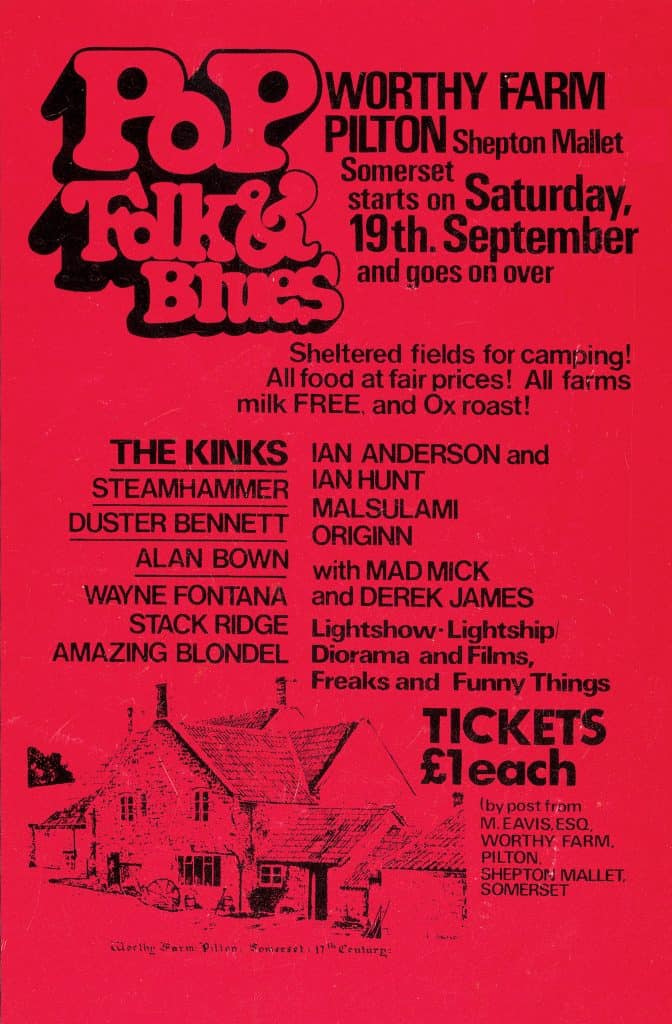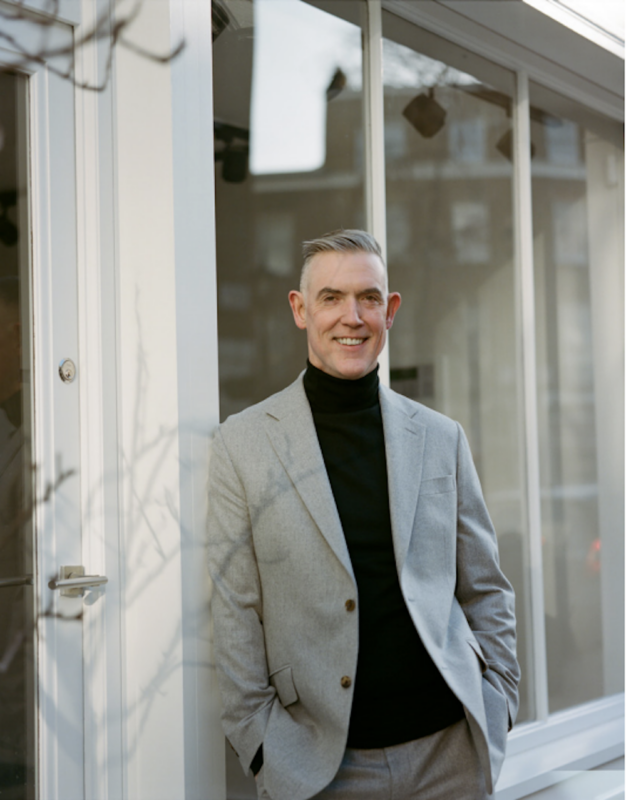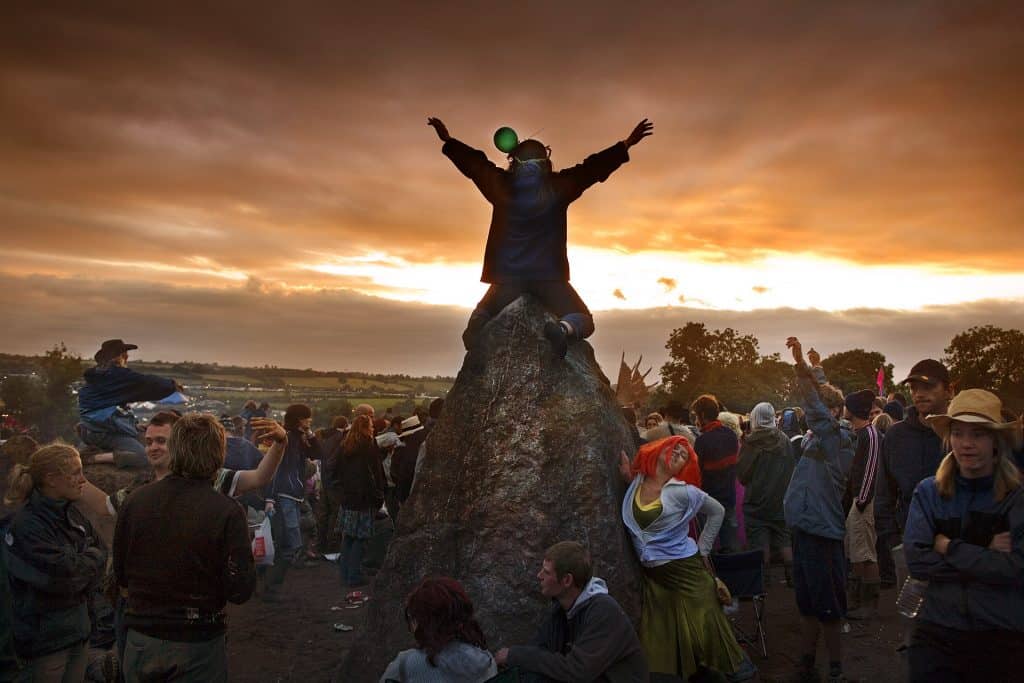
From 25th to 27th June, the V&A will host a three-day Glastonbury Weekender featuring a mix of digital experiences and in museum events and installations. This free programme builds on the V&A’s Glastonbury @ 50 research project that launched last year, delivered in partnership with the Arts and Humanities Research Council (AHRC), part of UK Research and Innovation (UKRI).
Starting on 25th June, a one-day virtual conference will feature unrivalled insight into the unseen world and history of Glastonbury. Featuring collaborators, co-creators from the festival together with scholars in festival culture, this exclusive conference will go behind the stage to explore the evolution and influence of this world-famous festival. Speakers include Head of Events at Greenpeace Bob Wilson, Founder and Creative Director of Arcadia Pip Rush, artist and Founder of Mutoid Waste Company Joe Rush, Founder of the Kidzfield Tony Cordy, artist and geographer Luke Piper, Dr Roxy Robinson and Dr Beatriz Garcia.
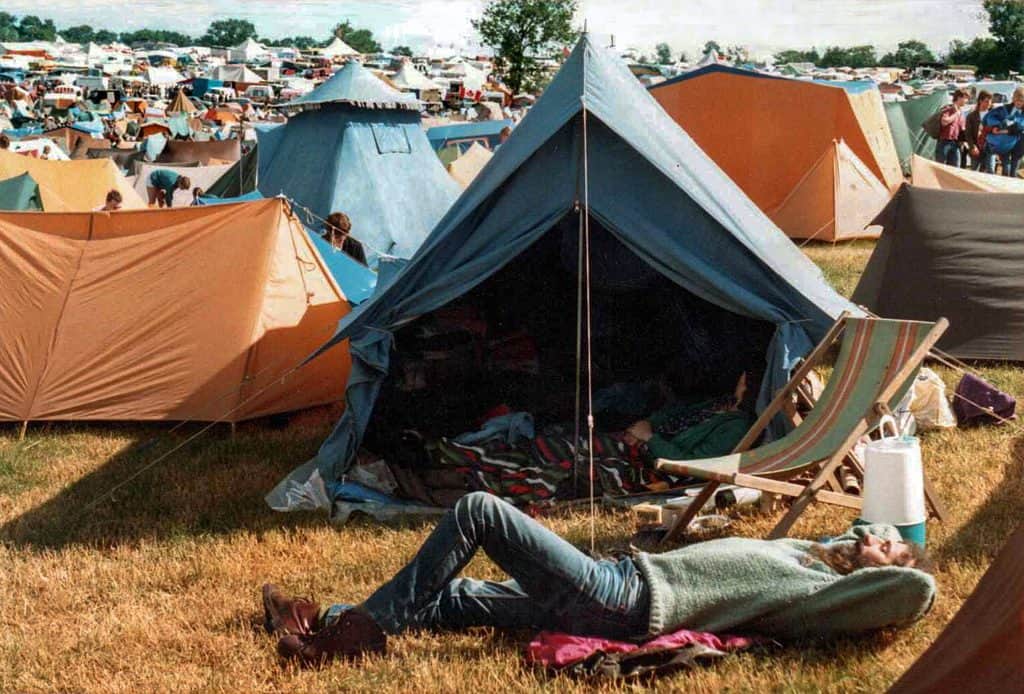
The Glastonbury Weekender running 26th-27th June includes responses to the Glastonbury Archive by artists, designers and students creating new, interdisciplinary work which champions the resilience of the performing arts in the wake of the last year and celebrates the extraordinary significance of the festival’s social and cultural impact.
An immersive video experience that explores the landscape, mapping, history, and experience of attending Glastonbury will take place in the museum’s Lecture Theatre, as the V&A Glastonbury film archive is intertwined with memories and photographs from festival goers and collaborators.
In the museum’s iconic Raphael Gallery, a programme of classical and contemporary orchestral music will explore the landscape and mythology of the Glastonbury site. A selection of spoken word interpretations, soundscapes and moving image pieces inspired by festival culture, from students at London’s South Bank University, will be on display in the museum and online. Festival favourites the Kidzfield will bring fun family activities to the V&A garden over the weekend.
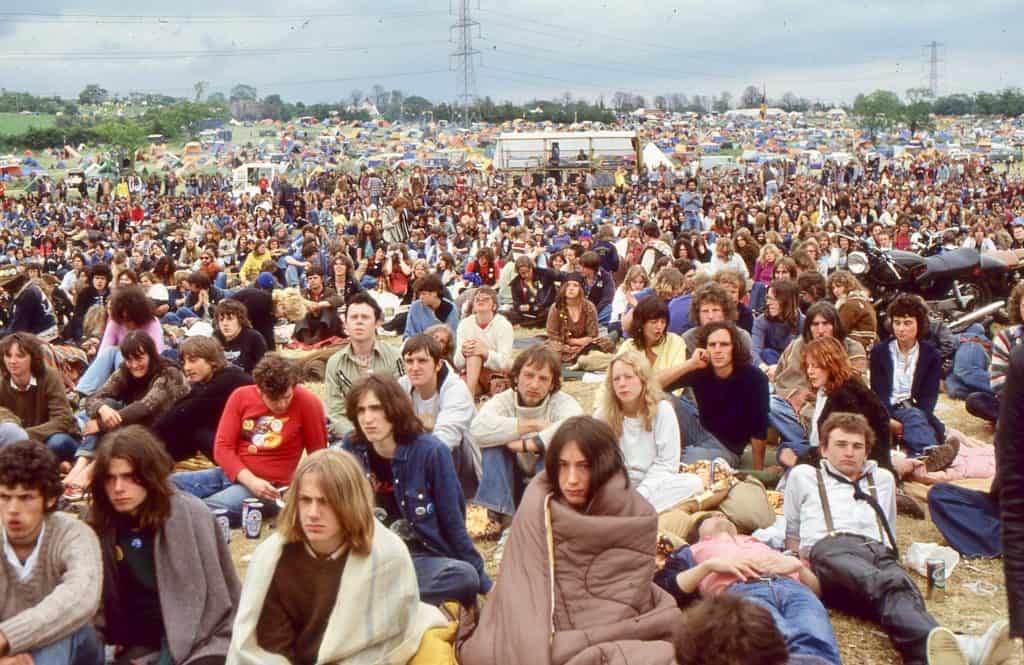
The weekend will also see the launch of Mapping Glastonbury, the V&A’s Interactive Map of the festival, made possible by funding from the AHRC. Created by digital studio We are Freak, this online digital experience of Glastonbury Festival enables the public to explore the evolution and growth of the Festival across five decades. The map invites users to discover stories, memories, objects, sounds and images, many collected following the V&A’s open call out in June last year. Highlights include hundreds of photographs, memories and oral histories collected from the public, new soundscapes and film experiences, all newly digitised to create unprecedented access. Original programmes, posters and additional objects have also been added from the museum’s Glastonbury Archive providing new ways for people to engage with the archive and the Festival history from all over the world. Glastonbury Mapping is part of wider database project which will enable audiences to search Glastonbury’s performance history across the stages and the years.
This weekender forms part of a pilot research collaboration between AHRC and the V&A that will research and archive artefacts, stories and the history of Glastonbury Festival in order to increase our understanding and appreciation of this iconic cultural event. The fully searchable database will be available to researchers and the public and will facilitate new research which will shed new light on the profound impact of Glastonbury Festival.

“Glastonbury Festival’s rich and diverse archive is an incredible resource and reflects over fifty years of performance history capturing social, cultural and political change. Festival organisers have paved the way for global festival culture and since its inception have driven awareness of environmental issues while enabling limitless creative expression.
We hugely miss the shared and collective experience of festivals but this AHRC project is a great opportunity to celebrate the unique ethos of Glastonbury, its extraordinary impact, and ongoing influence, and provides a platform for practitioners to create innovative new work inspired by the V&A collections.”
Kate Bailey, V&A Senior Curator of Theatre and Performance
Glastonbury One-Day Conference – 25th June, Virtual
Glastonbury Weekender – 26th-27th June, in museum programme
Mapping Glastonbury– launch 25th June
vam.ac.uk/glastonbury-weekender

About the Glastonbury Archive and Glastonbury Festival Database:
In 2014, the V&A became the home to the Glastonbury archive for the nation. Documenting the cultural importance of the world’s leading performance Festival, the collection brings together posters, stage designs, costumes, interviews, films and other memorabilia to safeguard the history and enable the continuing documentation of the Festival today.
As part of this work, the V&A has also collected personal memories from those that have attended the Festival. Starting in June last year, the V&A announced a call for audience memories, and this will continue to form an important part of the archive as it grows in future years.
In partnership with the AHRC, part of UK Research and Innovation (UKRI), work has begun to make these artefacts, stories and the history of Glastonbury Festival accessible via the new digital database. This open sourcing of material has enabled us to create the first fully searchable database of Glastonbury, enabling users to navigate and trace the rich performance history of the Festival across time, stages and performers.
